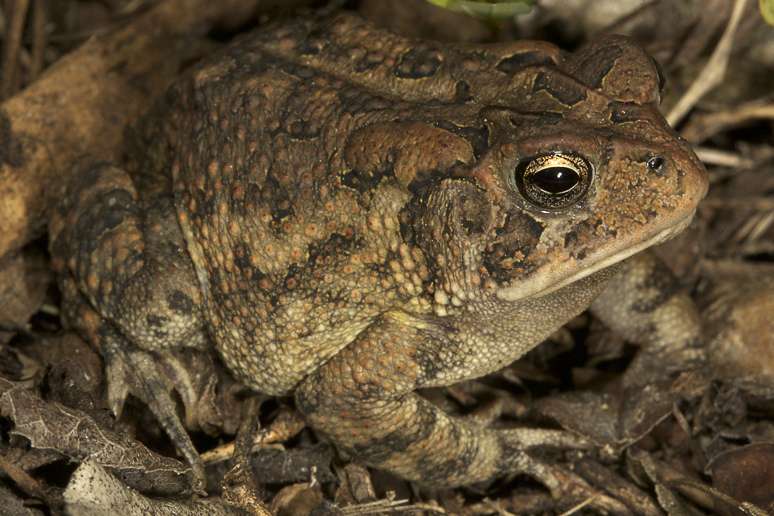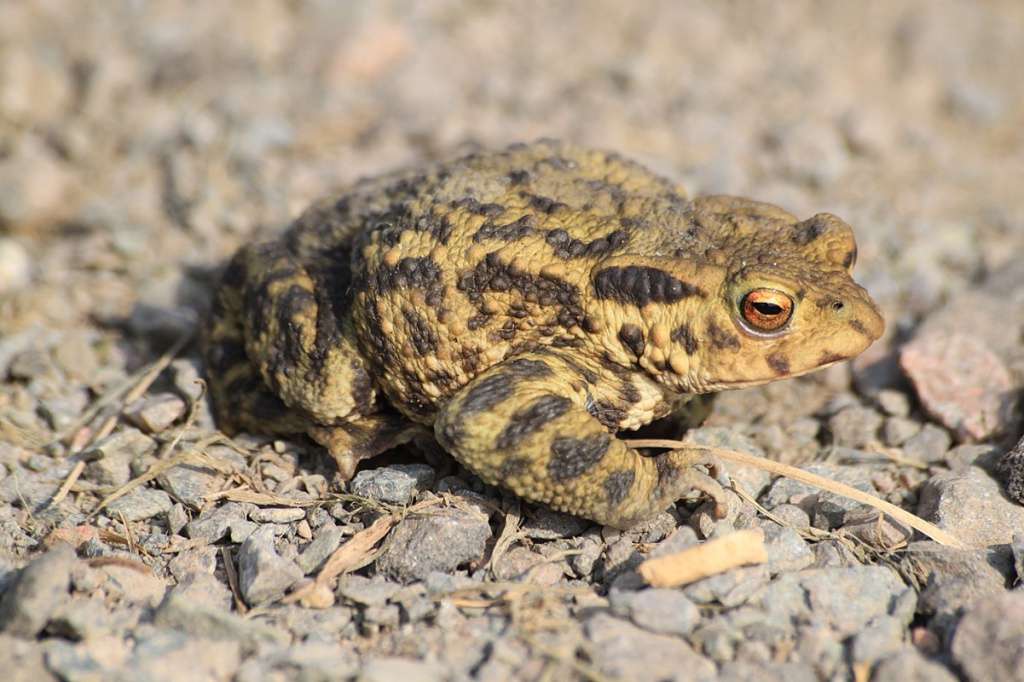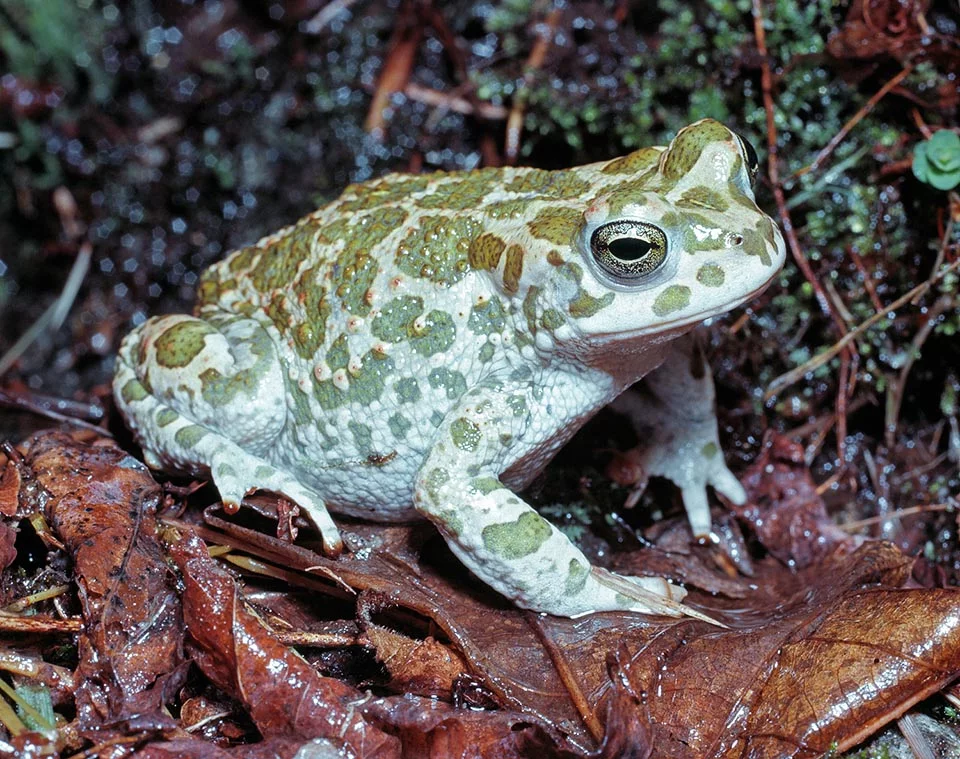
A native of the southeastern United States, the southern toad (Anaxyrus terrestris) can be found from eastern Louisiana and southeastern Virginia all the way down to Florida. It spends the day in a burrow and is nocturnal. It normally has a brown colour, but it can also be black, gray, or red. It measures about 8 cm (3 inches) in length.
Habitat
All states in the Southeast except Tennessee have southern toads. Their distribution stretches from southeast Virginia through Florida and eastern Louisiana, with the majority of their occurrences occurring below the Fall Line. Northwestern South Carolina also has a solitary colony. This species inhabits a wide range of terrestrial environments when not breeding, especially those connected to sandy soils that encourage burrowing. These consist of residential areas, pine woodlands, hardwood hammocks, pine agricultural fields, and coastal scrub, all of which must be close to water. These toads inhabit a variety of watery habitats during the breeding season.
Appearance
Adults of the medium-sized toad species Anaxyrus terrestris can grow to snout vent lengths between 41mm and 92mm. The typical man is 42 to 82 mm, whereas the average female is 44 to 92 mm (Wright 1949). However, even larger examples have been discovered on islands off the shores of South Carolina, Georgia, and Florida. The knobs on the skull, which are actually extensions of the interorbital ridges, are the most distinctive feature. The parotid glands and warty skin are typical of a member of the Bufonidae family. The warts frequently have spine tips. The lighter side faces the ventral. The parotids and post orbital ridges are not in direct contact with one another, but rather through a spur that extends rearward.
Diet
Invertebrates include ants, bees, beetles, crickets, roaches, snails, and more.
Reproduction
In the early to late spring, the majority of reproduction takes place. Nearly an octave above the American toad call in pitch, the voice is a piercing, melodic trill. The call lasts for around 2 to 8 seconds and has 75 trills per second. These toads migrate from upland terrestrial habitats to breeding grounds during warm, rainy weather. Outside of the breeding season, adults may also call for warm evenings with a lot of rain. A necessary condition for a prospective nesting habitat is shallow, standing water. In order to spawn, southern toads will haphazardly assemble in ponds, wetlands, low-lying regions that have been inundated in both fields and woods, or even in water-filled ditches and tyre ruts.
Large groups of people can make a loud chorus. Normally, females produce 2500–4000 eggs in long, gelatinous strands that are coil-coiled. In only 2-4 days, eggs are hatched, and tadpoles, which are less than half an inch long after 30-55 days, go through their metamorphosis. Near their birth habitats, large numbers of toadlets have recently undergone metamorphosis. Individuals likely continue to reproduce annually after attaining sexual maturity at roughly 2-3 years. There is a minimum 10-year lifespan.
Keeping as Pet

Size of Enclosure
For two Southern Toads, I advise at least a 20-gallon terrarium. Being able to interact with them in their habitat is made much easier by having an Exo Terra front opening enclosure. Additionally, because these toads are timid, an approach from above may surprise them. As a result of their instincts, they think a bird or other predator is assaulting them. You can control at their level if the front opens.
Humidity
60%–70%
Temperature
The optimal range for daytime temperatures is 72–80°F (22–27°C). There is no need for a basking light. Room temperature is ideal for Southern Toads.Never allow the temperature to fall below 60 degrees Fahrenheit (15 degrees Celsius) at night, and try to keep it about 65 degrees (18 C). a low-watt heat source that is activated when the temperature gets too low. Heat that is too intense causes the cage to dry up and can be fatal to amphibians!
Lighting
UVB light is advised but not required in terms of lighting. This enhances the general health of your toads as well as the growth and health of your plants. The ideal UVB is a linear 2.0. Use no more than 2.0 because it is excessively strong and could hurt your toad!
Table





